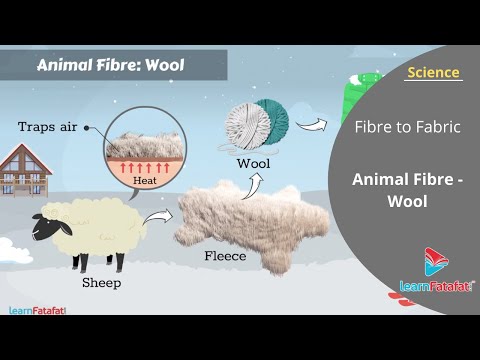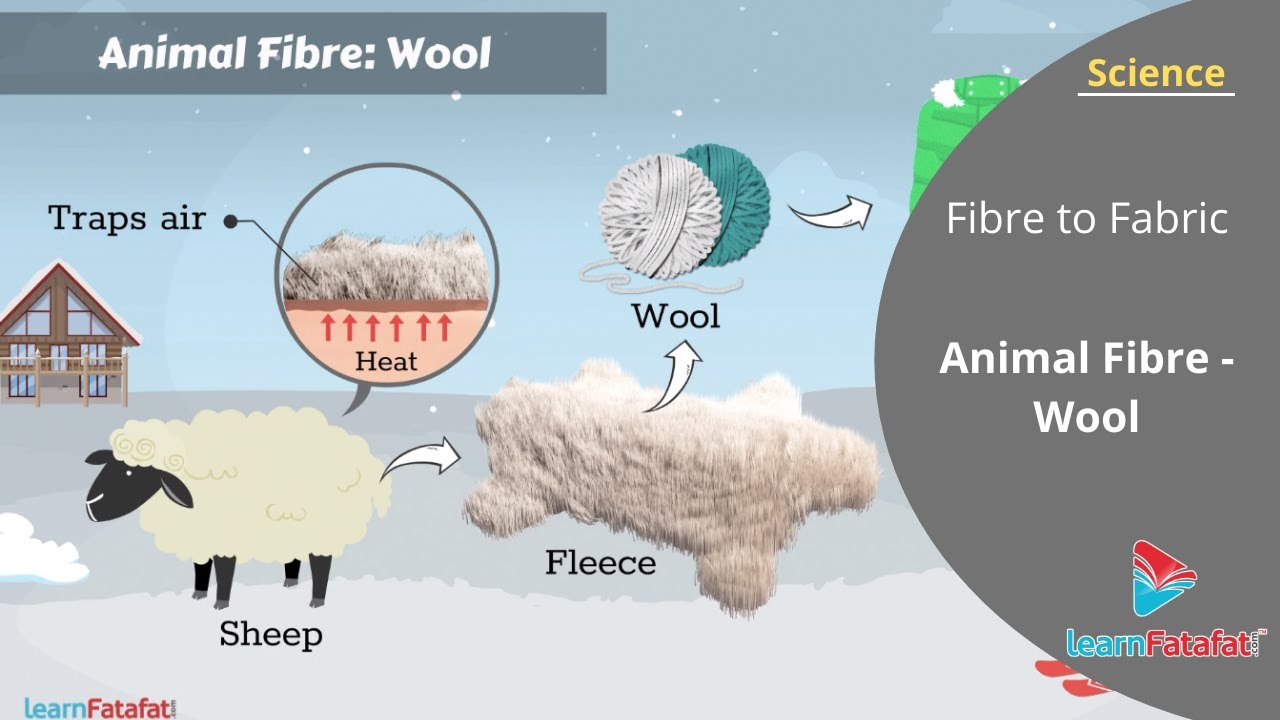Animal fabric is a fascinating and unique material that captures the essence of the animal kingdom. This extraordinary fabric showcases the beauty and diversity of various creatures, allowing you to wear their patterns and textures with style. Imagine wrapping yourself in the softness of luxurious leopard spots or donning a garment adorned with the intricate scales of a majestic serpent. The allure of animal fabric lies in its ability to transport you to the wild, evoking a sense of adventure and untamed beauty.
Crafted with meticulous care, animal fabric offers a unique opportunity to express your individuality and love for nature. Whether you are drawn to the vibrant colors of tropical birds, the graceful movement of a galloping horse, or the majestic presence of a roaring lion, there is an animal fabric that suits your style and personality. From exquisite zebra stripes to playful panda prints, each design captures the essence of the animal it represents, allowing you to embrace your wild side while staying fashionable.
Animal fabric is not only visually captivating but also environmentally conscious. Many manufacturers use sustainable and cruelty-free practices, ensuring that no harm is done to animals during the production process. By choosing animal fabric, you can feel good about your fashion choices while making a statement that supports ethical and responsible fashion.
Indulge in the allure of animal fabric and embark on a journey into the animal kingdom. Let your wardrobe be a canvas for nature’s wonders, and unleash your inner wild spirit with these enchanting and inspiring designs.

The Fascinating World of Animal Fabric
When it comes to clothing and textiles, animal fabric has played a significant role throughout human history. From the luxurious fur coats of royalty to the durable leather used in everyday items, animal fabrics have been valued for their unique properties and aesthetics. In this article, we will explore the different types of animal fabric, their uses, and some important considerations regarding ethical sourcing.
Understanding Animal Fabric: From Fur to Feathers
Animal fabric can be derived from various sources, including mammals, birds, and even insects. One of the most well-known animal fabrics is fur, which has been used for centuries in the creation of garments and accessories. Fur offers exceptional warmth and insulation, making it ideal for cold climates. However, the use of fur has become a topic of controversy due to concerns about animal welfare.
Another commonly used animal fabric is leather, which is derived from the hides of animals such as cows, sheep, and goats. Leather is highly durable and has been utilized in the production of shoes, bags, and furniture. However, similar to fur, the leather industry has come under scrutiny for its treatment of animals and its environmental impact.
Feathers are another fascinating type of animal fabric, often used in the creation of clothing accessories such as hats, boas, and jewelry. Feathers can provide a touch of elegance and texture to garments, making them highly sought after in the fashion industry. However, it is important to ensure that feathers are sourced ethically, as the demand for exotic feathers has led to the endangerment of certain bird species.
Animal Fabric: Uses and Benefits
Animal fabric offers numerous benefits, which have contributed to its popularity throughout history. Firstly, animal fabrics are known for their exceptional durability. Leather, for example, is renowned for its strength and resistance to wear, making it a preferred choice for products that require longevity.
In addition to durability, animal fabrics also offer unique properties that make them suitable for specific purposes. Fur, for instance, provides excellent insulation, making it an ideal material for cold weather garments. The natural fibers in wool, another animal fabric, possess moisture-wicking properties that help regulate body temperature, making it a popular choice for sweaters and blankets.
Animal fabrics also have aesthetic appeal, adding a touch of luxury and sophistication to clothing and accessories. The softness and sheen of silk, which is derived from the cocoons of silkworms, have made it a highly coveted fabric for centuries.
Ethical Considerations in Animal Fabric Sourcing
As society becomes more conscious of animal welfare and environmental sustainability, it is essential to consider the ethical implications of animal fabric sourcing. Responsible sourcing practices ensure that animals are treated humanely throughout the production process, and that their habitats are not harmed.
Many organizations and certifications, such as the Fur-Free Alliance and the Leather Working Group, have been established to promote ethical practices within the animal fabric industry. These organizations work towards ensuring that animals are not subjected to unnecessary harm and that the environment is protected.
Consumers also play a crucial role in driving change within the industry. By choosing to support brands that prioritize ethical and sustainable sourcing, individuals can encourage the adoption of responsible practices.
Alternative Options: Faux Animal Fabric
For individuals who prefer to avoid animal fabric altogether, there are now numerous alternatives available. Faux fur, for example, provides a cruelty-free option that mimics the appearance and warmth of real fur. Similarly, faux leather, made from synthetic materials, offers a vegan alternative to traditional leather.
Advancements in technology have allowed for the development of materials that closely resemble animal fabrics in terms of appearance and functionality. These alternatives provide individuals with a wide range of choices while minimizing the impact on animal welfare and the environment.
The Future of Animal Fabric
The future of animal fabric lies in finding a balance between tradition, innovation, and sustainability. As society becomes more aware of the ethical considerations surrounding animal fabric sourcing, alternative options are likely to gain popularity.
Advancements in biotechnology and the rise of sustainable practices may pave the way for innovative solutions such as lab-grown leather and fabrics derived from plant-based materials. These developments have the potential to revolutionize the fashion industry while reducing its impact on animal welfare and the environment.
In conclusion, animal fabric has a rich history and continues to be valued for its unique properties and aesthetics. However, it is essential to consider the ethical implications of animal fabric sourcing and to explore alternative options that align with our values. By making informed choices, we can contribute to a more sustainable and compassionate future for the fashion industry.
From Fuzzy Sheep to Cozy Sweaters: Unraveling the Story of Wool
List of Animal Fabrics
Animal Fabric
Animal fabric refers to textiles that are made from the fibers or materials derived from animals. These fabrics possess unique properties, making them highly sought after in various industries. Here is an overview of some fascinating animal fabrics:
| Fabric | Description | Notable Uses |
|---|---|---|
| Wool | Wool is derived from the fleece of sheep or certain other animals. It is known for its excellent insulation properties, moisture-wicking ability, and durability. Wool is commonly used in the production of warm clothing, blankets, and upholstery. | Knitwear, blankets, carpets, insulation materials |
| Silk | Silk is a luxurious fabric produced by silkworms. It is renowned for its softness, lustrous appearance, and breathability. Silk is highly valued in the fashion industry and is used to create elegant clothing, accessories, and home furnishings. | Dresses, scarves, ties, bedding, draperies |
| Leather | Leather is obtained from animal hides, mainly cattle. It is a durable and versatile material that can be processed into various textures and finishes. Leather is widely employed in the production of shoes, handbags, furniture, and automotive interiors. | Shoes, bags, jackets, furniture, car seats |
| Angora | Angora fabric comes from the soft, fluffy fur of Angora rabbits. It is renowned for its exceptional warmth and softness. Angora is commonly used in the production of high-quality sweaters, hats, and accessories. | Sweaters, hats, gloves, scarves |
| Alpaca | Alpaca fabric is derived from the fleece of alpacas, domesticated South American camelids. It is known for its incredible softness, lightweight feel, and natural hypoallergenic properties. Alpaca is often used in the production of luxurious garments and home textiles. | Coats, sweaters, blankets, rugs |
Animal fabrics offer a wide range of desirable characteristics, from exceptional warmth and softness to durability and breathability. These materials have been utilized for centuries and continue to be highly valued in the modern textile industry.

